News Beat
News Beat reporting is an idrw.org initiative to let our Readers to report News Based on Actual facts but some how has not been reported in Main Stream Media .
SOURCE: RAUNAK KUNDE / NEWS BEAT / IDRW.ORG
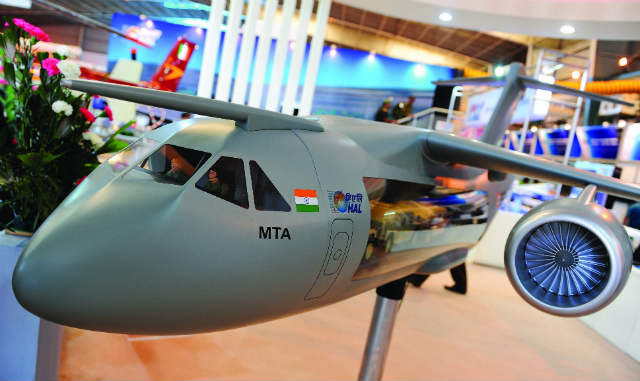
The Indian Air Force (IAF) is in the process of conducting a comprehensive evaluation to determine the requirements for the procurement of 80-100 Medium Transport Aircraft (MTA) that will serve as replacements for the ageing fleet of over 100 Soviet-era An-32 Transporters. These replacements are expected to enter service from 2030 onwards. HAL (Hindustan Aeronautics Limited), India’s state-owned aerospace and defence company, is eagerly awaiting the results of this evaluation to understand the specific load-carrying capabilities desired by the IAF.
Earlier this year, the IAF issued a Request for Information (RFI) that outlined a rather vague load-carrying capacity requirement of 18-27 tonnes. This left room for ambiguity, as only two of the three aircraft on offer met this criterion. However, the recent acquisition of the C-295 from Airbus by the IAF, which falls into the same category as the An-32, suggests that the MTA may require a load-carrying capacity of over 30-35 tons. This, in turn, could lead to only one transporter qualifying, which is the A400.
Continue readingSOURCE: RAUNAK KUNDE / NEWS BEAT / IDRW.ORG
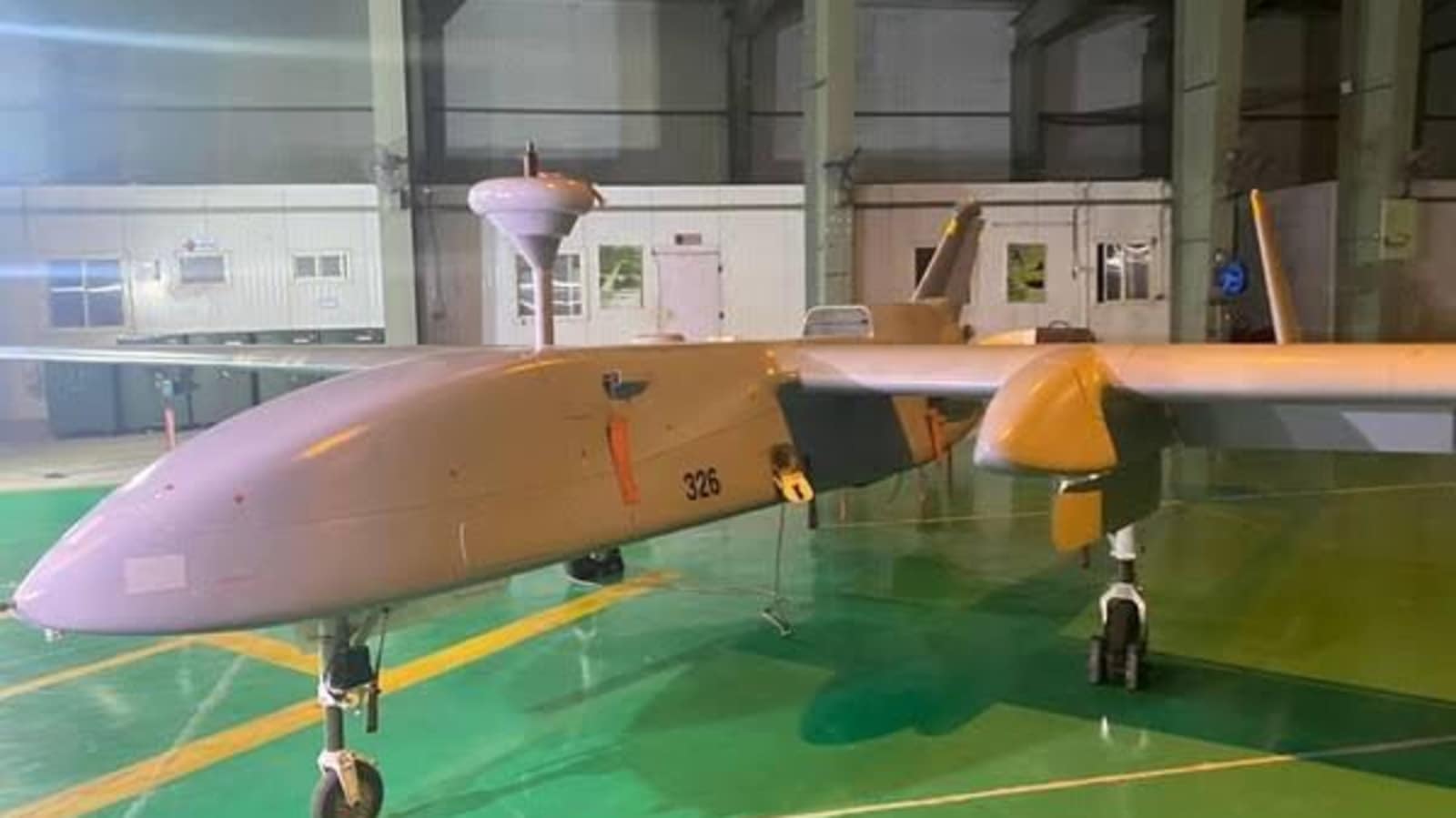
In a strategic shift, India has decided to forego plans to arm its fleet of Israeli Heron Unmanned Aerial Vehicles (UAVs) and will instead focus on enhancing their communication capabilities by integrating satellite connectivity. This shift in approach is aimed at improving the endurance and overall functionality of these UAVs.
Initially, India had been pursuing Project Cheetah, a comprehensive upgrade initiative for the Heron UAVs used by the Indian military. Project Cheetah was structured to unfold in two phases, with each phase addressing critical aspects of the UAV’s capabilities.
Continue readingSOURCE: RAUNAK KUNDE / NEWS BEAT / IDRW.ORG
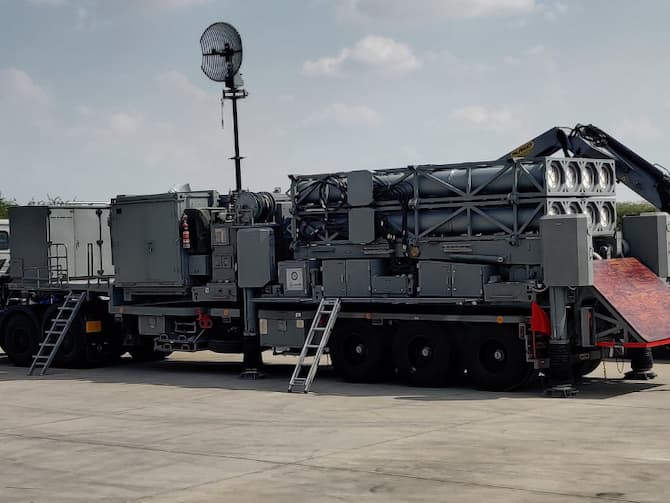
Bharat Electronics Limited (BEL), a key player in India’s defence sector, is preparing to enhance the localization content for the Indo-Israeli Medium Range Surface-to-Air Missile (MR-SAM) program. This move is driven by expectations of substantial orders from the Indian Air Force (IAF), which is planning to procure nine MR-SAM squadrons, comprising a total of 2,000 Barak-8 missiles next year.
The MR-SAM program is a joint venture between India and Israel, resulting in a highly capable interceptor missile system designed to neutralize aerial threats within a range of 70-90 kilometres. This system has already been inducted by the Indian Army, Indian Air Force, and Indian Navy, demonstrating its critical role in enhancing India’s air defence capabilities.
Continue readingSOURCE: RAUNAK KUNDE / NEWS BEAT / IDRW.ORG
India’s ambitious upgrade program for its fleet of Russian-origin Sukhoi-30MKI fighter jets, known as the “Super-30” project, has seen significant progress. While Russia initially stayed out of the upgrade package, India’s determination to replace major systems and components with indigenous designs has not gone unnoticed. As the project moves forward, Russia is extending offers of advanced weaponry for the modernized Su-30MKIs.
The “Super-30” upgrade program aims to replace 51 major systems and components in the Sukhoi-30MKI with Indian-designed counterparts, effectively stripping most of the Russian systems from the aircraft. This initiative represents a crucial step toward reducing India’s dependence on foreign suppliers for its defence needs.
Continue readingSOURCE: RAUNAK KUNDE / NEWS BEAT / IDRW.ORG
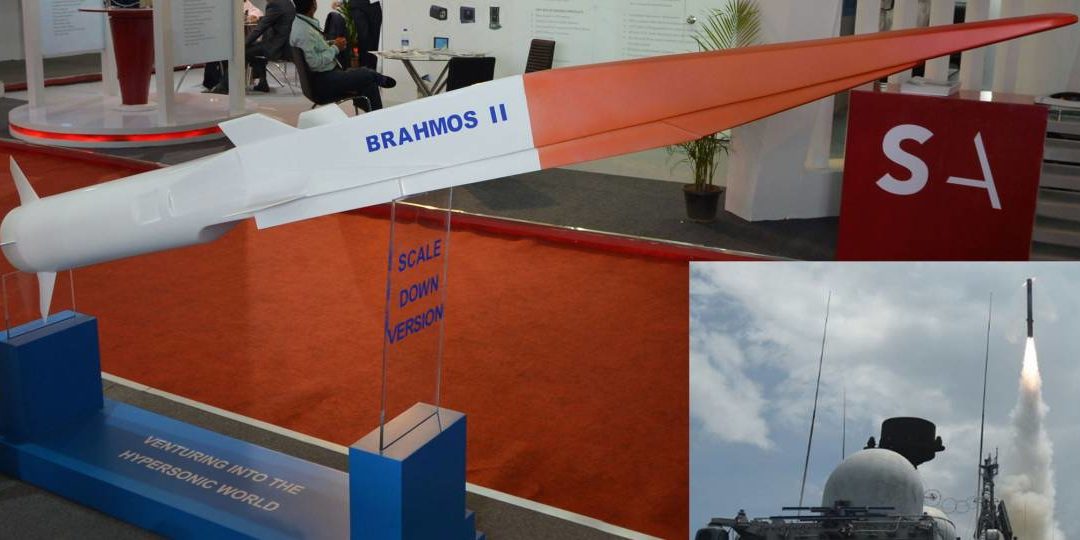
BrahMos Aerospace, a formidable India-Russia Defense Joint Venture, marked a significant milestone on May 31, 2023, by celebrating ’25 Supersonic Years of Success’ during the ‘BRAHMOS Users Meet 2023.’ This momentous occasion highlights the enduring legacy of the BrahMos cruise missile, known for its supersonic speed and unparalleled effectiveness. Despite being in service for a quarter of a century, BrahMos continues to be a challenging missile to intercept, and the makers are confident that it will maintain its superiority for the next two decades.
BrahMos, a collaborative effort between India’s DRDO and Russia’s NPOM, remains a technological marvel. Its supersonic speed, flying at Mach 3, makes it a formidable weapon that poses a significant challenge to modern interceptor missiles and air defence systems. The missile’s ability to fly at low altitudes, maneuver skillfully, and strike both sea and land targets further complicates interception attempts. It is no wonder that BrahMos has earned a reputation for being difficult to intercept.
Continue readingSOURCE: RAUNAK KUNDE / NEWS BEAT / IDRW.ORG

The Indian Army is set to bolster its offensive capabilities with the procurement of 500 HELINA Anti-Tank Guided Missiles (ATGMs). The Defence Acquisition Council (DAC) had earlier approved the acquisition of these missiles, along with launchers and associated support equipment, to be integrated into the Advanced Light Helicopter (ALH).
The integration of HELINA ATGMs into the ALH is a significant step towards weaponizing these helicopters for countering enemy threats. These missiles will enhance the Army’s offensive capabilities and provide a valuable asset for anti-tank warfare.
Continue readingSOURCE: RAUNAK KUNDE / NEWS BEAT / IDRW.ORG

India’s quest to acquire 114 fighter jets faces a significant hurdle as the long-anticipated Acceptance of Necessity (AoN) remains pending from the government. The delay in granting AoN has raised concerns about the timeline for this crucial defence procurement.
The Indian Air Force (IAF) has been eagerly awaiting the AoN for its capital acquisition proposal, which was expected to be granted by Mid of this year. However, as November arrives, the approval is yet to materialize.
Continue readingSOURCE: RAUNAK KUNDE / NEWS BEAT / IDRW.ORG
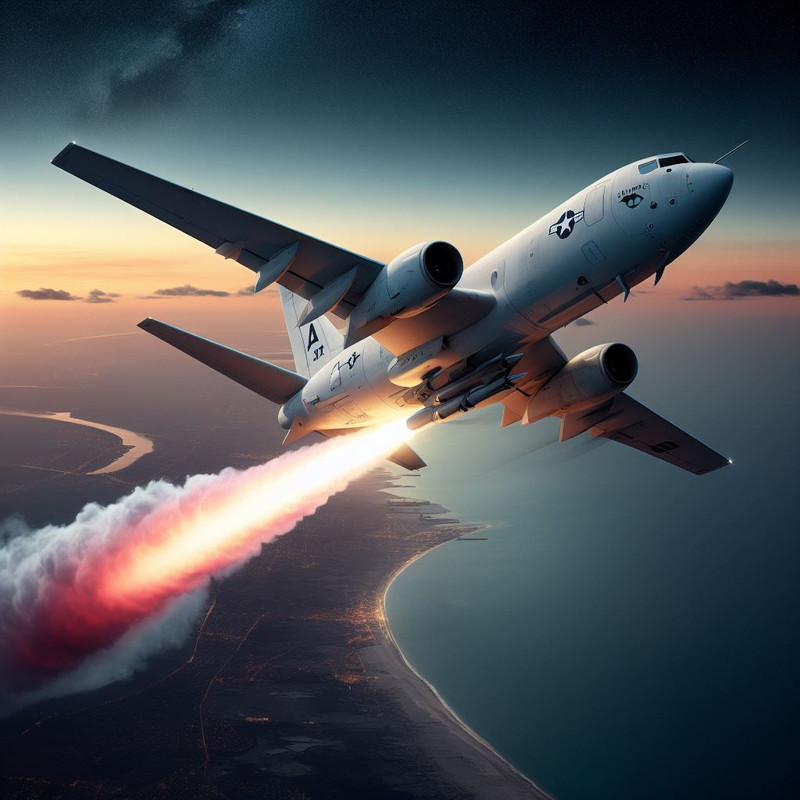
The Indian Navy is currently exploring options to significantly expand the range of munitions that its P-8I Neptune maritime patrol aircraft can carry. This development signals the Navy’s intent to diversify the capabilities of these aircraft, enhancing their mission profiles beyond traditional roles such as anti-submarine warfare, anti-surface warfare, and search and rescue.
Studies are underway to potentially integrate various air-launched naval mines, precision-guided bombs, and the Miniature Air Launched Decoy (MALD) system, all of which are domestically produced in India. Boeing, the manufacturer of the P-8I Neptune, has offered its expertise to facilitate the adoption of a wider array of munitions and other equipment.
Continue readingSOURCE: RAUNAK KUNDE / NEWS BEAT / IDRW.ORG
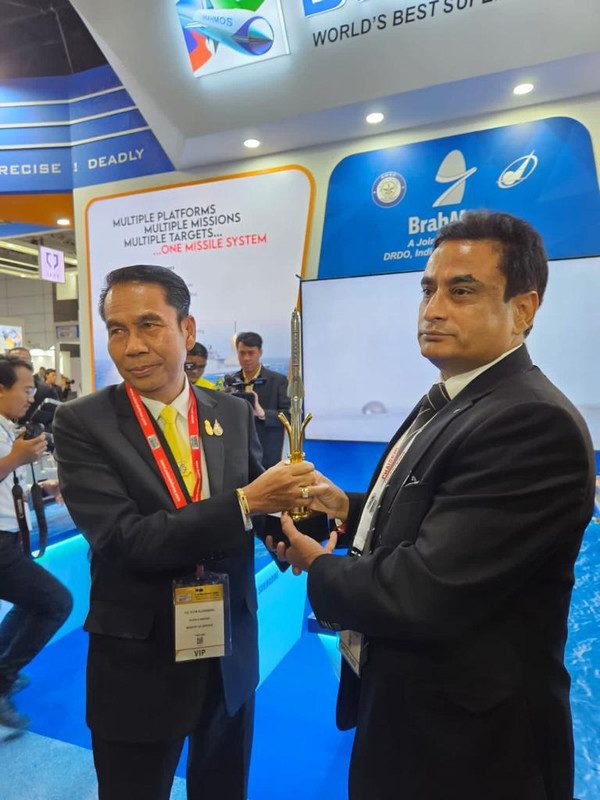
In a significant development, India has made a move to promote its indigenously developed BrahMos cruise missile to Thailand. A high-level delegation led by Mr. Sutin Klungsang, Honorable Minister of Defence for Thailand, was briefed about the latest developments of the BrahMos Weapon Complex during a visit to the BrahMos Pavilion on the inaugural day of DefenseSecurity2023 at the IMPACT Exhibition Center in Bangkok.
The briefing was conducted by Mr. Praveen Pathak, Director of Marketing, Promotion, and Export at BrahMos. During the presentation, Mr Klungsang expressed his appreciation for the capabilities of the BrahMos Weapon Complex and demonstrated a keen interest in the BrahMos Missile.
Continue readingSOURCE: RAUNAK KUNDE / NEWS BEAT / IDRW.ORG
India’s Air Force, equipped with a diverse fleet that includes the Jaguar and Su-30 MKI aircraft, relies on a range of munitions to bolster its air defence capabilities. Among these, the High-Speed Low Drag (HSLD) Mk II missiles play a crucial role.
As part of the nation’s Atmanirbhar (self-reliance) initiative, there is a growing need to manufacture these advanced missiles within the country. To realize this objective, the proposal is to produce HSLD Mk II missiles following the “Make III” procedure as outlined in Chapter III of the Defense Acquisition Procedure 2020 (DAP 2020).
Continue readingSOURCE: RAUNAK KUNDE / NEWS BEAT / IDRW.ORG
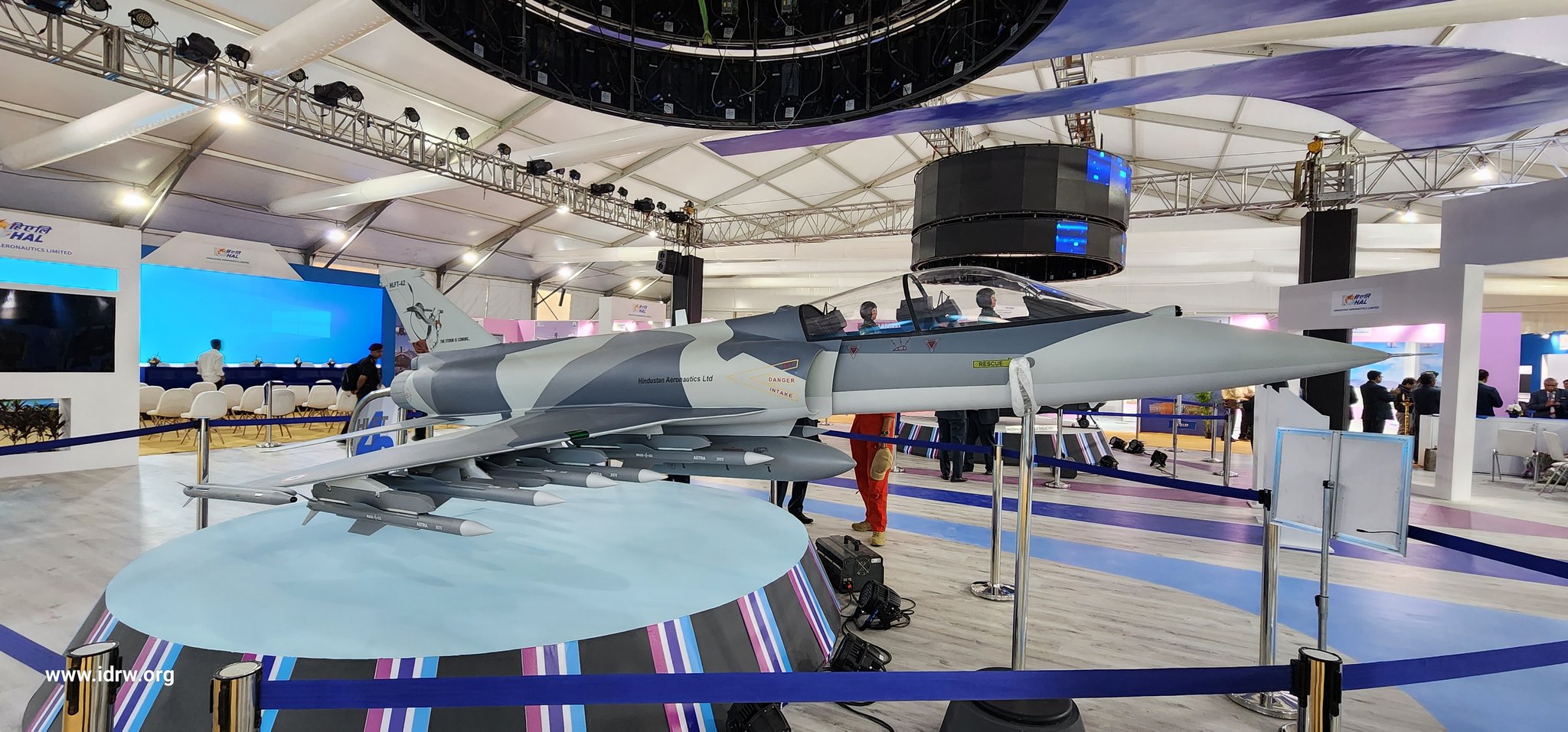
In a bid to adapt to the evolving landscape of aviation and harness the potential of cutting-edge technology, the Indian Air Force (IAF) is embarking on a significant transformation of its fighter pilot training programs. Chief of Air Staff Air Marshal V R Chaudhari, during the Platinum Jubilee Celebrations of the Flying Instructors School (FIS) at the Air Force Station, Tambaram, Chennai, lent his support to a new training module tailored to meet the demands of modern fighter jets.
Chaudhari emphasized that the days of a one-size-fits-all training approach are long gone. With the convergence of cutting-edge technology in the aviation domain, newer opportunities are emerging, which the IAF is keen to capitalize on. This move aligns with the IAF’s recognition that modern fighter jets, while designed to be less physically taxing to fly, require more extensive training due to the complexity of the technology and the influx of data fusion.
Continue readingSOURCE: RAUNAK KUNDE / NEWS BEAT / IDRW.ORG
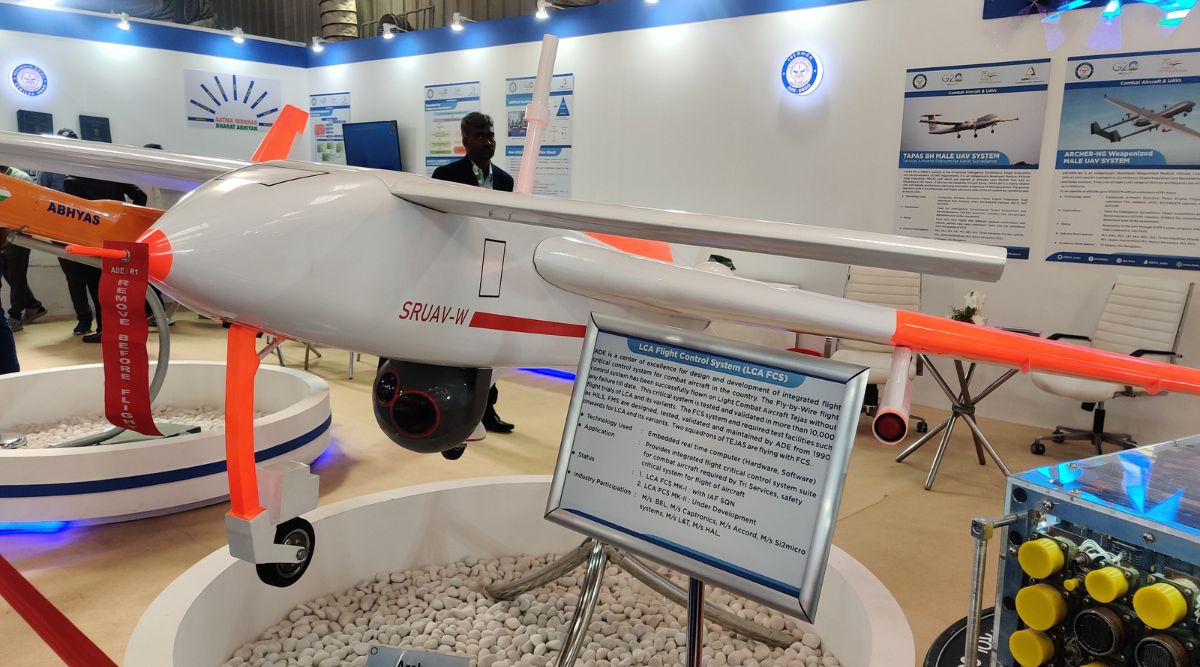
India’s Aeronautical Development Establishment (ADE), a division under the state-owned Defence Research and Development Organisation (DRDO), has unveiled significant updates regarding the development and testing of its latest Short-Range Unmanned Aerial Vehicle-Weaponized (SRUAV-W), known as ‘Archer.’
An ADE official shared these developments during the eighth Aerospace and Defence Manufacturing Show (ADMS), held in Bangalore from October 26 to 27. According to the official, the SRUAV-W/Archer is based on ADE’s Rustom-1 tactical UAV. They expressed confidence in completing the initial weaponized flight testing phase by June 2024.
Continue readingSOURCE: RAUNAK KUNDE / NEWS BEAT / IDRW.ORG

The Indian Navy’s quest to bolster its maritime patrol aircraft (MPA) fleet has hit a roadblock, causing delays in the procurement process. As the Navy bids farewell to its ageing Ilyushin-38 Sea Dragon aircraft, discussions surrounding the acquisition of new MPAs have encountered obstacles, raising questions about the future of this vital defence capability.
At a recent decommissioning ceremony held at INS Hansa in Goa, Navy Chief Admiral R Hari Kumar, along with veteran officers and sailors of the IL-38 squadron, emphasized the need for a modern and efficient MPA fleet. The Indian Navy is looking to replace its IL-38 aircraft with a more advanced and capable platform.
Continue readingSOURCE: RAUNAK KUNDE / NEWS BEAT / IDRW.ORG
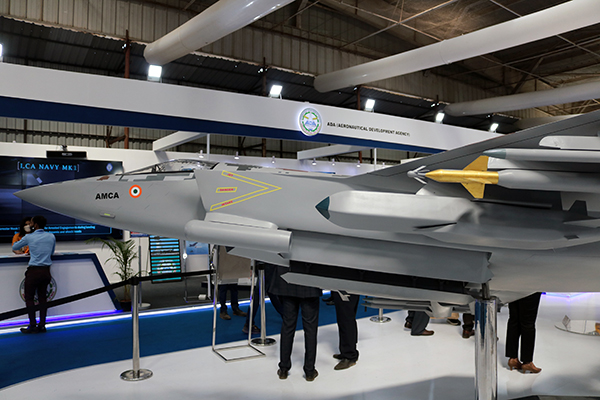
The Indian Defence Research and Development Organization (DRDO) has hit a snag in its efforts to secure Cabinet Committee on Security (CCS) approval for the twin-engine advanced medium combat aircraft (AMCA) program, casting a cloud of uncertainty over the project’s timeline. The AMCA, designed as a fifth-generation stealth fighter, is eagerly anticipated, but bureaucratic processes have slowed its development.
The prototype of the GE-414-powered AMCA is slated to roll out by 2026. However, CCS clearance, a vital step in the process, has been pending for the last six months. The delay has left many in the defence community concerned about the future of this crucial program.
Continue readingSOURCE: RAUNAK KUNDE / NEWS BEAT / IDRW.ORG
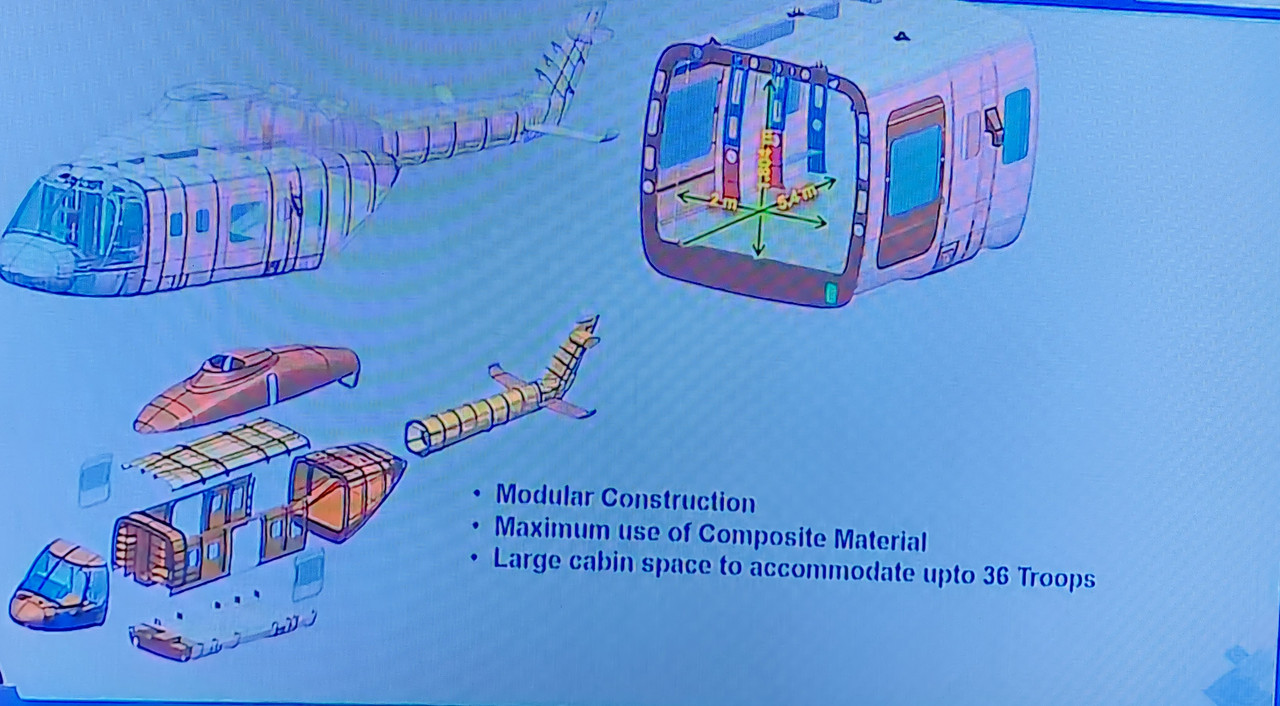
In a significant move to bolster India’s aerospace industry, the state-owned Hindustan Aeronautics Limited (HAL) is gearing up to outsource the entire airframe of its upcoming 13-ton Indian Multi-Role Helicopter (IMRH) program to private sector companies. The IMRH program is set to usher in a new era of collaboration between public and private sectors, as it embraces the Special Purpose Vehicle (SPV) model. This model involves the creation of a new company with a majority stake that will handle the airframe assembly, marking a significant step towards bolstering India’s indigenous aerospace capabilities.
Private sector companies in India have already demonstrated their prowess in manufacturing airframe cabin assemblies for internationally renowned aerospace companies. At least three private sector firms, each with varying degrees of prior experience in helicopter airframe manufacturing, have expressed their interest in the IMRH program.
Continue reading